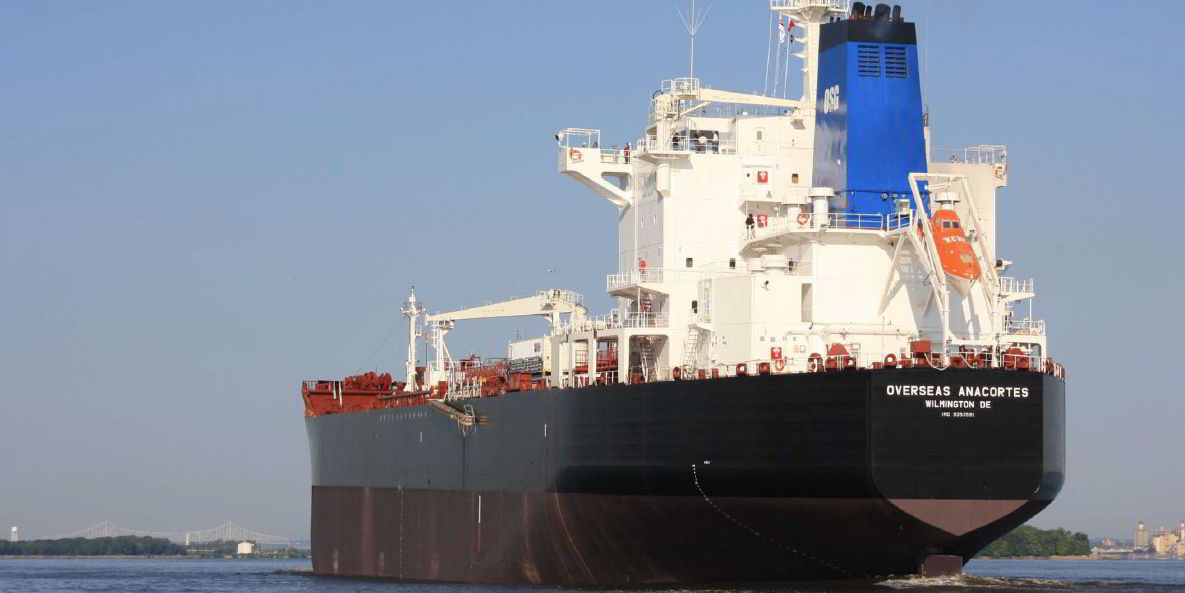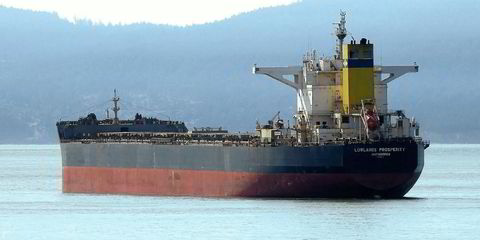The Jones Act tanker fleet is entering a period of prolonged softness due to lower US oil production, according to Pal Lothe Magnussen, chief executive of American Shipping Company.
Speaking at the TradeWinds Shipowners Forum USA, Magnussen says it may take a couple of years for supply-and-demand to come back to the US-built tanker fleet. The number of older tankers in the fleet will be potential scrapping candidates, but he says it will be a while before any new orders will be placed for Jones Act ships.
“It’s a very interesting time in the Jones Act tanker market,” Magnussen said. “We’re coming off a four-year period of strong rates. But we are entering a softer market that may stay for a couple of years.”
The Jones Act fleet is expected to grow 20% through the end of this year. But that growth butts up against weaker demand. US East Coast refineries are favouring overseas North Sea crude rather than domestic crude from South Texas. High inventories of refined products are also keeping a lid on tanker movements from the US Gulf Coast.
“Demand is decreasing as supply is increasing,” Magnussen said. American Shipping has some 10 tankers on bareboat charter to Overseas Shipholding Group.
However, he does note that the potential for scrapping to help right the market. He says eight tankers in the Jones Act fleet are older than 30 years old. Once they come off charter and go into special survey, Magnussen says ships will likely head to the scrapyard.
“I would expect to see more scrapping over the next 12 to 24 months,” Magnussen said. “That would bring supply and demand back into balance.”
Whether more ships come into the fleet to replace ships that had to scrap will depend on the direction of rates. With the cost of a new Jones Act tanker costing around $140m, Magnussen says a shipowner would need rates around $65,000 per day to justify that investment.




